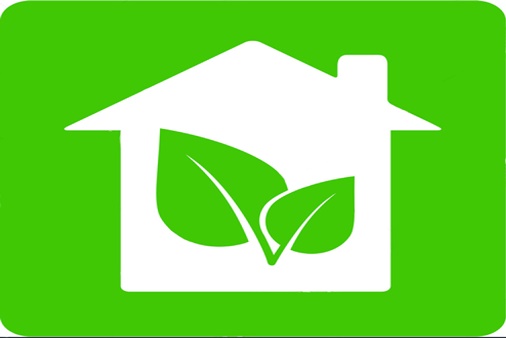GREEN AIR CONDITIONING TECHNOLOGY
Awareness of the declining quality of our ecosystem as demonstrated by global warming because of the ozone layer depletion among other examples of the side-effects of industrialization is on a steady increase with each passing day. In a desperate attempt to save the planet earth, there is a growing support for the train of support for prioritizing the eco-friendliness of all designs above most of all other design considerations.
CHARACTERISTICS OF ECO-FRIENDLY AIR CONDITIONING
- Dimension: The size of green air conditioning units are long-term investors in the disposition of the unit towards protecting ecological life. Over utilizing the units, using small systems for large areas would overwork the compressors of the unit. The nature of most devices is such that they continue to try to complete tasks no matter how unrealistic the task is, hence expending a lot of energy even when the unit in focus cannot meet up with the requirements. Also, this wasted effort might result in an imbalance in the temperature and humidity of the air in its compressor and air in the surrounding environment.
- Multi stage compressors: The efficiency of multi-stage compressors when compared to that of single-staged compressors has geometrically increased. This increased efficiency could be taken advantage of in heating and air conditioning systems by replacing the single-staged compressors used in the air conditioning system with multi-staged compressors. Also, multistage compressors automatically compress on cool days and more on hot days. Hence, saving energy.

- Geothermal heat pumps: While these might prove to be more expensive on initial purchase, the geothermal heat pumps utilize the normal flow of heat from hot areas to cooler regions. Thus, not only more efficient in its operation but equally using less power for maintaining its continuous operation, hence, reducing recurring costs.
- Regular maintenance: The materials used in the designs of HVAC units are not completely unable of contributing to environmental pollution. This necessitates periodical testing and checks of the components of the systems for leaks, pressure and flow measurements and the status of the component materials.
- Programmable thermostats: In a bid to minimize wasted energy and resources, thermostats are employed to automate the periods within which machines are in operation. This decision is one of the most efficient ways of nurturing the already decaying ecosystem by the conservation of expendable energy.
- Customized match system: By modifying the design specification or purchase specification of all the components of a heating and air conditioning system to match that of the environment to be cooled or heated. One can achieve a complete and optimum solution for the use of energy. This method can be further augmented using multiple power sources for the unit’s operations.
In summary, the eco-friendliness of HVAC systems is heavily reliant on the modification of the system’s component design and process design which is to minimize the amount of energy used to power the units. Also, ensuring strict compliance with policies and regulations regarding the operation and maintenance of the units is an integral part of the HVAC systems eco-friendliness.


